The Carbon Reduction Effects of Digital Trade: A Study on the Trade-off Mechanism between Service Substitution for Goods and Energy Consumption
DOI: 10.23977/pree.2025.060201 | Downloads: 6 | Views: 396
Author(s)
Aihong He 1
Affiliation(s)
1 School of Economics and Management, Lanzhou Bowen College of Science and Technology, Lanzhou, 730030, China
Corresponding Author
Aihong HeABSTRACT
The paper explores how digital trade can help reduce carbon emissions, especially by replacing physical goods with services, and also examining the complex relationship between digital trade and energy use. We analyze this problem using a theoretical framework that includes economies of scale, structural effects, and technical effects. By analyzing data from 30 provinces in China from 2011 to 2022, it is found that every 1% increase in digital trade can reduce the carbon intensity of the distribution sector by an average of 0.058%, of which the contribution of service-substituting physical goods to reduce emissions is 37.2%.The study found that digital trade reduces carbon emissions in two main ways: one is the technology effect, such as the increase of green patents by 22.7%; the other is the structural effect, which is the structural effect, and the carbon intensity of the service sector decreases by 0.35 units for every additional unit. However, it also found that the digital infrastructure increases energy consumption in the eastern and central regions, offsets the expected reduction of carbon emissions by 15-22%.The development of China's carbon peak carbon neutral target provides a theoretical basis and practical approach.
KEYWORDS
Digital Trade; Carbon Emissions Reduction; Service Substitution; Energy Rebound Effect; Implied Carbon Transfer; Trade-Off MechanismCITE THIS PAPER
Aihong He, The Carbon Reduction Effects of Digital Trade: A Study on the Trade-off Mechanism between Service Substitution for Goods and Energy Consumption. Population, Resources & Environmental Economics (2025) Vol. 6: 1-9. DOI: http://dx.doi.org/10.23977/pree.2025.060201.
REFERENCES
[1] Lyu, Y., Xie, L., & Tang, S. (2024). The impacts of digital value chain embeddedness on trade carbon intensity. Frontiers in Environmental Science, 12, 1369796.
[2] Li, X., Hu, Y., Ding, L., Huang, Q., & Jiang, Y. (2024). Impact of the digital trade on lowering carbon emissions in 46 countries. Scientific Reports, 14, 25957.
[3] Dong, F., Li, Y., Zhang, X., & Zhu, J. (2022). Can digitalization mitigate CO2 emissions? Evidence from 122 countries. Science of The Total Environment, 853, 158604.
[4] Wang, J., & Zhang, Y. (2022). The impact of digital economy on carbon emissions in China: A threshold effect analysis. Environmental Science and Pollution Research, 29(46), 69675–69693.
[5] Wang, J., Dong, K., Dong, X., & Taghizadeh-Hesary, F. (2023). The role of digital economy in energy transition: A cross-country analysis. Technological Forecasting and Social Change, 187, 122197.
[6] Chen, P. (2022). The impact of the digital economy on CO2 emissions and the role of the industrial structure: Empirical evidence from China. Environmental Science and Pollution Research, 29(44), 66495–66509.
[7] Pfenninger, S. (2022). A pragmatic guide to modelling the expansion and operation of power systems with high shares of renewable energy. Joule, 6(9), 1938-1950.
[8] Tan, R. R., & Aviso, K. B. (2022). A bilevel mixed-integer linear programming model for emissions reduction. Chemical Engineering Transactions, 97, 355–360.
[9] Li, X., Ramzan, M., & Ullah, S. (2023). The non-linear nexus between financial inclusion and carbon emissions: The role of urbanization and institutional quality. Environmental Science and Pollution Research, 30(2), 4880–4892.
[10] Mazzucato, M., & Entsminger, J. (2022). The inclusive and sustainable innovation-led growth plan. Industrial and Corporate Change, 31(2), 523–540.
[11] Dokeroglu, T., Deniz, A., & Kiziloz, H. E. (2022). A comprehensive survey on recent metaheuristics for feature selection. Neurocomputing, 494, 269-296.
[12] Wang, Y., Liu, J., Zhao, Z., Ren, J., & Chen, X. (2023). Reduction effect of China's regional digital trade under the "double carbon" target--combination of the regulatory role of industrial agglomeration and carbon emissions trading mechanism. Journal of Cleaner Production, 415, 137707.
[13] Zhu, H., Bao, W., & Qin, M. (2024). Impact analysis of digital trade on carbon emissions from the perspectives of supply and demand. Scientific Reports, 14, 14540.
[14] Yang, H., & Ai, X. Q. (2025). The impact of digital service trade on the carbon intensity of well-being under sustainable development goals. Sustainability, 17(10), 4741.
[15] Chu, Y., Cheng, M., Zhao, X., & Zhou, D. (2023). Digital transformation, intelligent device utilization, and carbon emission reduction. Journal of Digital Economy, 2(2), 117-130.
| Downloads: | 3071 |
|---|---|
| Visits: | 131615 |
Sponsors, Associates, and Links
-
Information Systems and Economics
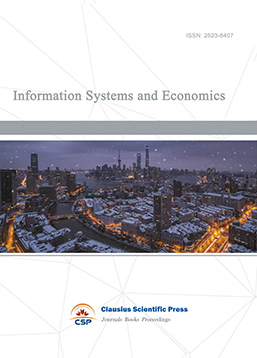
-
Accounting, Auditing and Finance
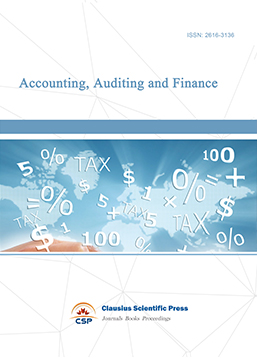
-
Industrial Engineering and Innovation Management
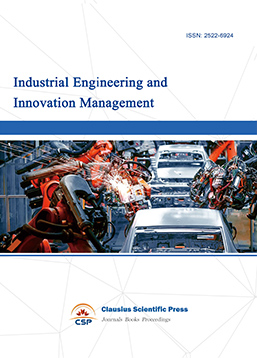
-
Tourism Management and Technology Economy
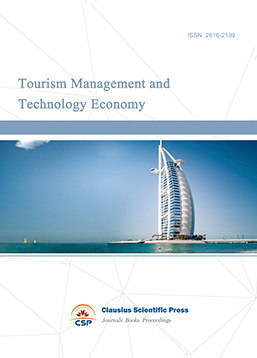
-
Journal of Computational and Financial Econometrics
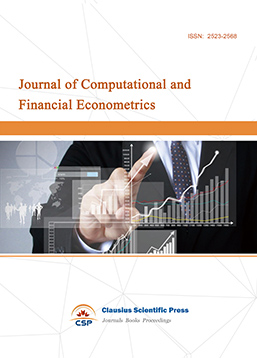
-
Financial Engineering and Risk Management
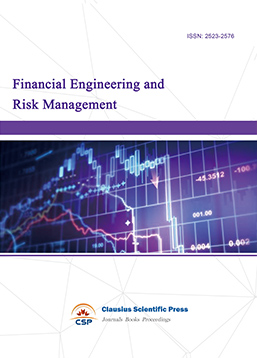
-
Accounting and Corporate Management

-
Social Security and Administration Management
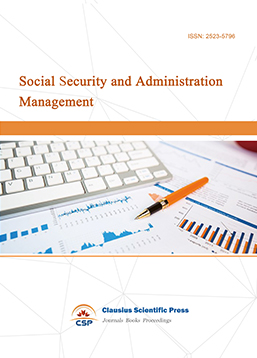
-
Statistics & Quantitative Economics
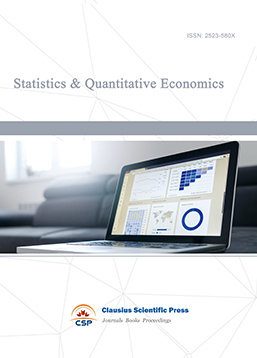
-
Agricultural & Forestry Economics and Management
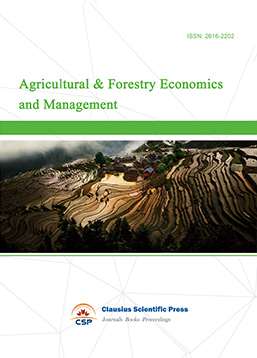
-
Social Medicine and Health Management

-
Land Resource Management
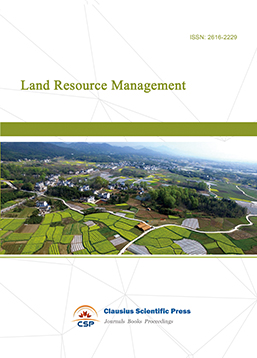
-
Information, Library and Archival Science
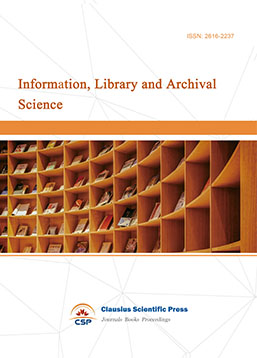
-
Journal of Human Resource Development
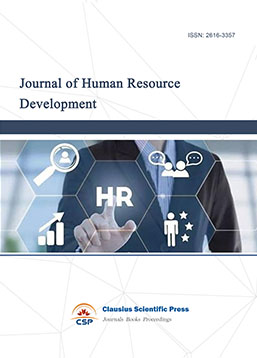
-
Manufacturing and Service Operations Management

-
Operational Research and Cybernetics
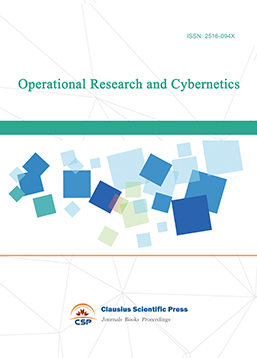

 Download as PDF
Download as PDF